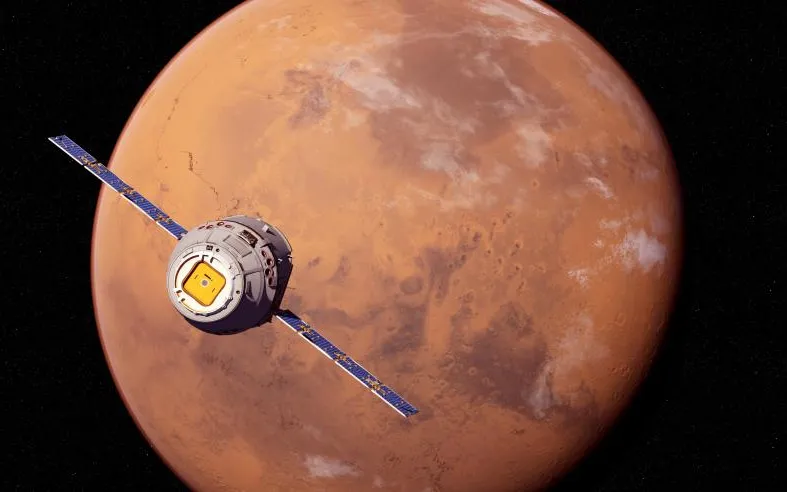Scientists to Investigate Cooling Methods for Astronauts on ISS
Northrop Grumman’s 19th resupply mission for the ISS successfully reached the space station on August 4th. In addition to providing essential supplies, the mission also carried an experiment aimed at benefiting future human colonies beyond Earth. The module contained hardware designed to explore the functioning of heating and air conditioning systems in reduced gravity and extreme temperatures found on the moon and Mars. For instance, temperatures near the lunar equator can soar up to 250 degrees Fahrenheit during the day, surpassing the boiling point of water, while plummeting to -208 degrees Fahrenheit at night. This is even colder than the lowest recorded temperature on Earth, which was -128.6 degrees Fahrenheit in 1983.
The hardware was designed and built by scientists and engineers at Purdue University and NASA’s Glenn Research Center in Cleveland. It will allow Purdue scientists to run the second part of the Flow Boiling and Condensation Experiment (FBCE), which has been collecting data on the ISS since 2021. They have already completed data collection for the first part of their study, which focuses on measurement. effects of reduced gravity on boiling. This section now focuses on investigating how condensation works in an environment with reduced gravity.
Purdue professor Issam Mudawar, who led the experiments, explained: “For more than a hundred years we have developed an understanding of how heating and cooling systems work in Earth’s gravity, but we have not known how they work in zero gravity.”
His team has published more than 60 studies on gravity reduction and fluid flow based on the data they have collected so far, and they are currently preparing more. They believe that in addition to providing information needed for human settlements on the moon and the Red Planet, their experiment could also provide scientific understanding that would allow spacecraft to travel long distances and refuel in orbit.




